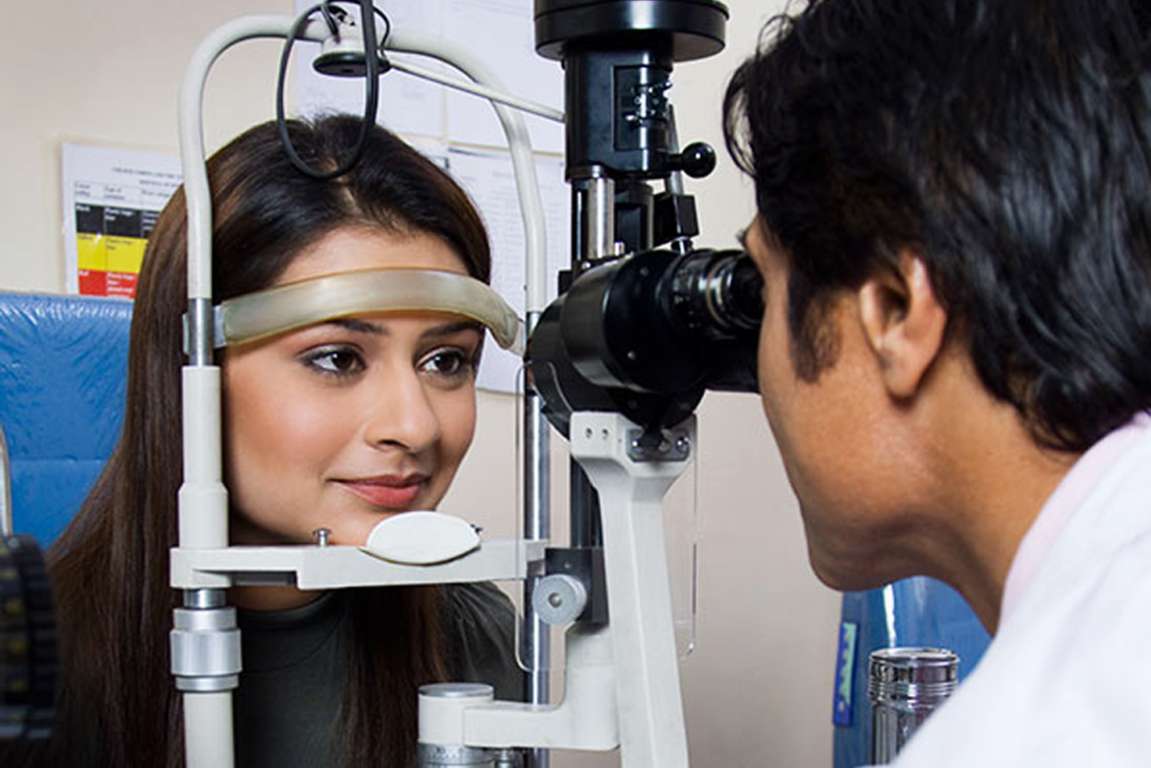
A cornea transplant (keratoplasty) is a surgical treatment to switch a part of your cornea with corneal tissue from a donor. Your cornea is the transparent, dome-shaped surface of your eye that accounts for an outsized portion your eye’s focusing power.
A cornea transplant can restore vision, reduce pain and improve the looks of a damaged or diseased cornea. Most cornea transplant procedures are successful. But cornea transplant carries some risk of complications, like rejection of the donor cornea.
Finding a donor cornea
Most cornea employed in corneal transplants come from deceased donors. Unlike with organs like livers and kidneys, people needing corneal transplants generally won’t need to endure long waits. That’s because quite a few people specifically request that their corneas be available for donation after they die, unless they had certain conditions, so more corneas are available for transplantation.
Corneas might not be used from donors who had several conditions, like certain central nervous system conditions, infections, and prior eye surgery or eye conditions, or from people that died from an unknown cause.
The procedure
On the day of your cornea transplant, you will be given a sedative to assist you relax and a local anesthetic to numb your eye. You will not be asleep during the surgery, but you should not feel any pain. During the very common form of cornea transplant (penetrating keratoplasty), your surgeon cuts through the whole thickness of the abnormal or diseased cornea to get rid of a little button-sized disk of corneal tissue. An instrument that acts like a sort of cookie cutter (trephine) is employed to create this precise circular cut.
The donor cornea, cut to fit, is placed within the opening. Your surgeon then uses a fine thread to stitch the new cornea into place. The stitches could also be removed at a later visit once you see your eye surgeon. In some cases, if people aren’t eligible for a cornea transplant from a donor cornea, doctors may insert a synthetic cornea (keratoprosthesis).
Procedures to transplant a portion of the Cornea
With some sorts of cornea problems, a full-thickness cornea transplant isn’t the most appropriate treatment. Other sorts of transplants could also be used that remove only certain layers of cornea tissue, or only tissue suffering from disease. These sorts of procedures include:
- Endothelial Keratoplasty – EK
This procedure removes diseased tissue from the rear corneal layers, including the endothelium, alongside the Descemet membrane, a skinny layer of tissue that protects the endothelium from injury and infection. Donor tissue is carefully implanted to exchange the removed tissue.
There are two sorts of endothelial keratoplasty. the foremost common type, called Descemet stripping endothelial keratoplasty (DSEK), uses donor tissue to switch about one-third of the cornea. A more modern sort of procedure, called Descemet membrane endothelial keratoplasty (DMEK), uses a way thinner layer of donor tissue. Because the tissue employed in DMEK is extremely thin and fragile, this procedure is tougher than DSEK, and not as commonly used.
- Anterior lamellar keratoplasty – ALK
This procedure removes diseased tissue from the front corneal layers, including the epithelium and also the stroma, but leaves the rear endothelial layer in place.
The depth of cornea damage determines the sort of ALK procedure that’s right for you. Superficial anterior lamellar keratoplasty (SALK) replaces only the front layers of your cornea, leaving the healthy endothelium intact. A deep anterior lamellar transplant (DALK) procedure is employed when cornea damage extends deeper into the stroma.
In DALK, a tiny incision is created within the side of your eyeball to permit for removal of your cornea’s front and middle layers without damaging the rear layers. Healthy tissue from a donor is then attached (grafted) to interchange the removed portion.
After the procedure Once your cornea transplant is completed, you can expect to:
- Receive several medications. Eyedrops and, sometimes, oral medications immediately after cornea transplant and during recovery will help control infection, swelling and pain.
- Wear an eye patch. An eye patch may protect your eye because it heals after your surgery.
- Protect your eye from injury. Attempt to take it easy after your corneal transplant, and slowly work your way up to your normal activities, including exercise. For the remainder of your life, you will need to require extra precautions to avoid harming your eye.
- Return for frequent follow-up exams. Expect frequent eye exams during which your doctor looks for complications within the first year after surgery.
Results
Most people who receive a cornea transplant will have their vision a minimum of partially restored. What you’ll expect after your cornea transplant depends on the reason for your surgery and your health.
Your risk of complications and cornea rejection continues for years after your cornea transplant. For this reason, expect to visit your eye surgeon annually. Cornea rejection can often be managed with medications.
Vision correction after surgery
Your vision may initially be worse than before your surgery as your eye adjusts to the new cornea. It should take several months for your vision to enhance .
Once the outer layer of your cornea has healed, several weeks to many months after surgery your eye surgeon will work to form adjustments which will improve your vision, such as:
- Correcting unevenness in your cornea (astigmatism). The stitches that hold the donor cornea in place on your eye may cause dips and bumps in your cornea, making your vision blurry in spots. Your doctor may correct a number of this by releasing some stitches and tightening others.
- Correcting vision problems. Refractive errors, like nearsightedness and farsightedness, are often corrected with glasses, contact lenses or, in some cases, laser eye surgery.
